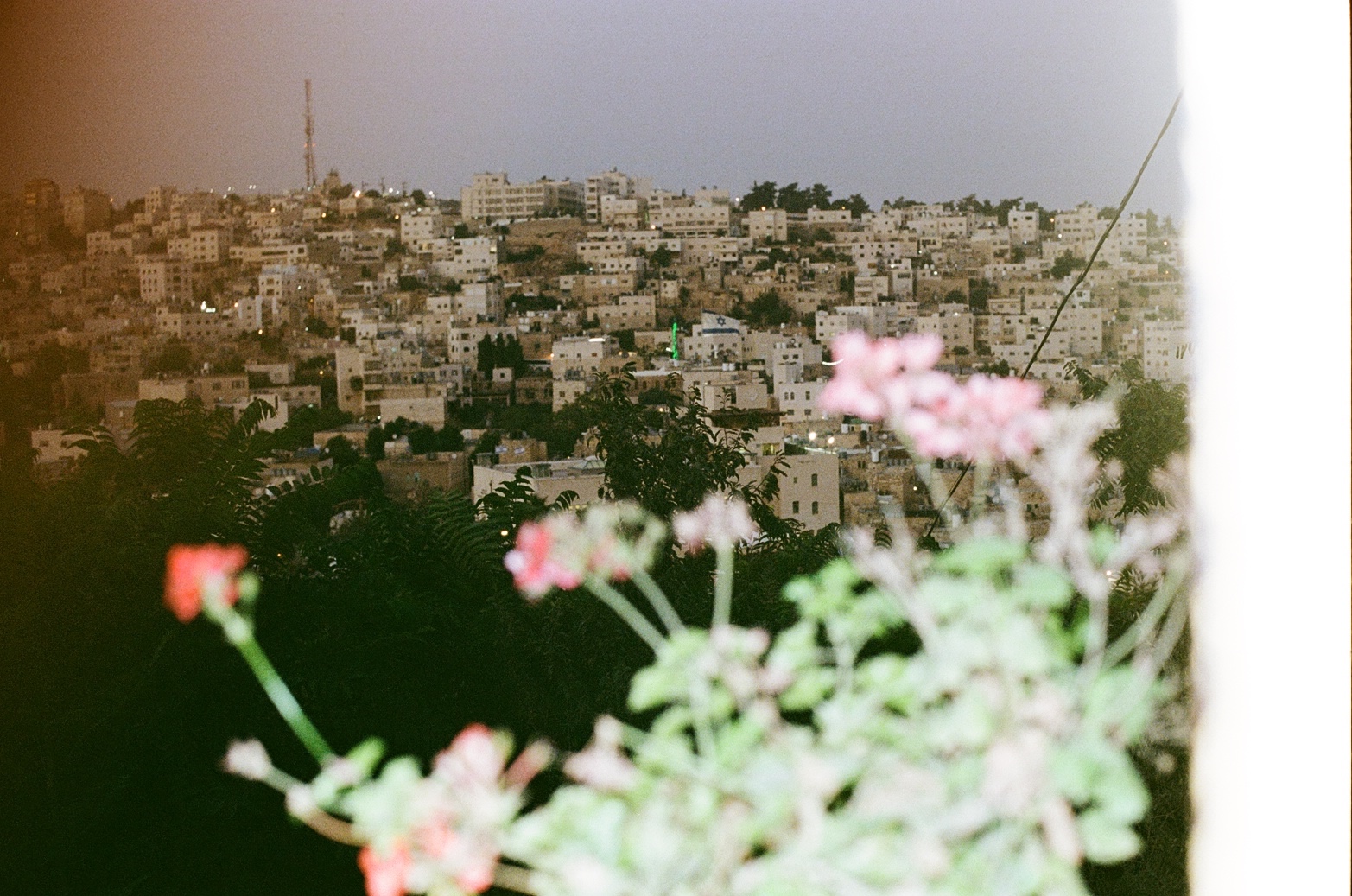All images courtesy of FOMU
As ‘Om (Mother) opens for exhibition at FOMU, alongside a book by The Eriksay Connection, photographer Barbara Debeuckelaere tells BJP about the story behind the quietly radical body of work
Earlier this year, on 18 April, Belgian photographer Barbara Debeuckelaere accompanied 120 women and children to witness an exhibition of photographs at Bethlehem cultural hub, The Wonder Cabinet. Six of the images – which altogether presented an intimate account of daily life in the Tel Rumeida neighbourhood of Hebron – had been turned into puzzles, while the children additionally were encouraged to make collages on site. “They were so happy,” recalls Debeuckelaere, a former journalist who first visited the West Bank in 2005. In fact, the work’s authors were amongst the group: over a few weeks in September 2023, 50 women and girls from eight families embarked on the creation of a visual archive, recording their immediate surroundings on analogue cameras provided by Debeuckelaere
“You see the little things, the big things,” continues the photographer, the architect behind ‘Om (Arabic for ‘mother’), who was introduced to the community through the activist Issa Amro, back in February 2023. In one image, puffed out bags of roadside pink candyfloss delight in the centre of the frame, elsewhere are the recognisable mirror selfies of an amateur photographer, with the glare of the flash hitting the glass obstructing the face. Gardens and houseplants appear frequently, as do portraits of family members, meal times, pets, and still lifes from around the home. Occasionally politics occupies a space – an Israeli flag in the distance, a drawing of Yasser Arafat, a memorial for the British MP Jo Cox – but these details are largely kept in the background, alluded to via wired fences or the painting of a symbolic watermelon. As the photographer Adam Broomberg, writing in the accompanying publication, observes, “The images feel like the inverse of evidence. Many of them are out of focus, literally soft; their awkward framing is reassuring.”
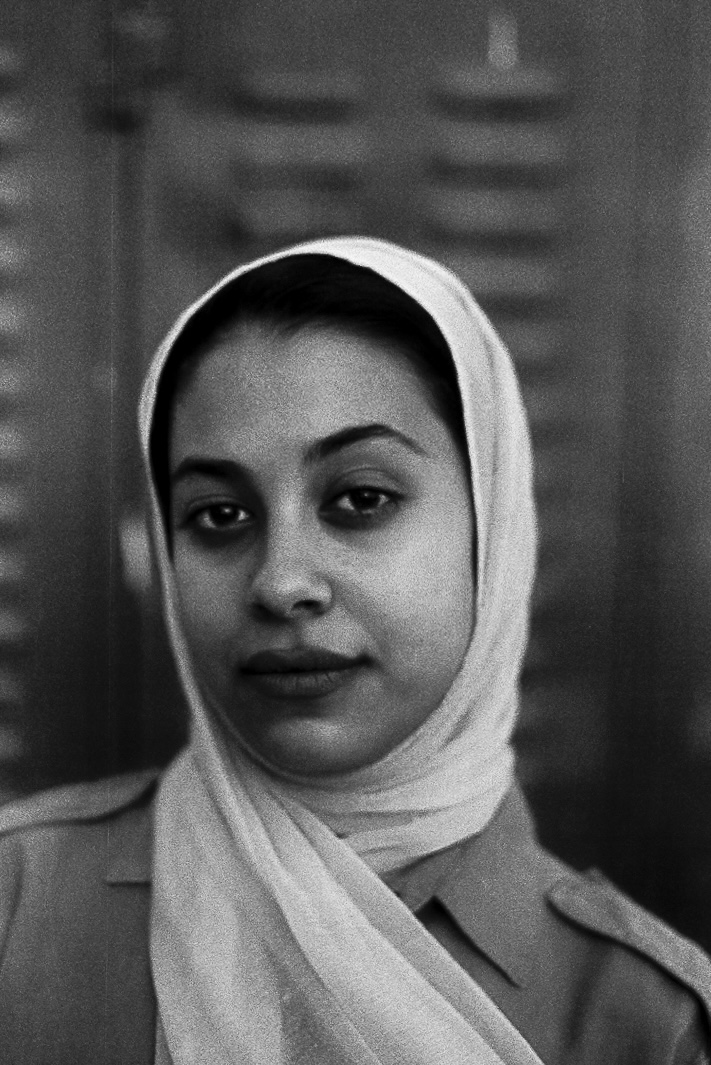
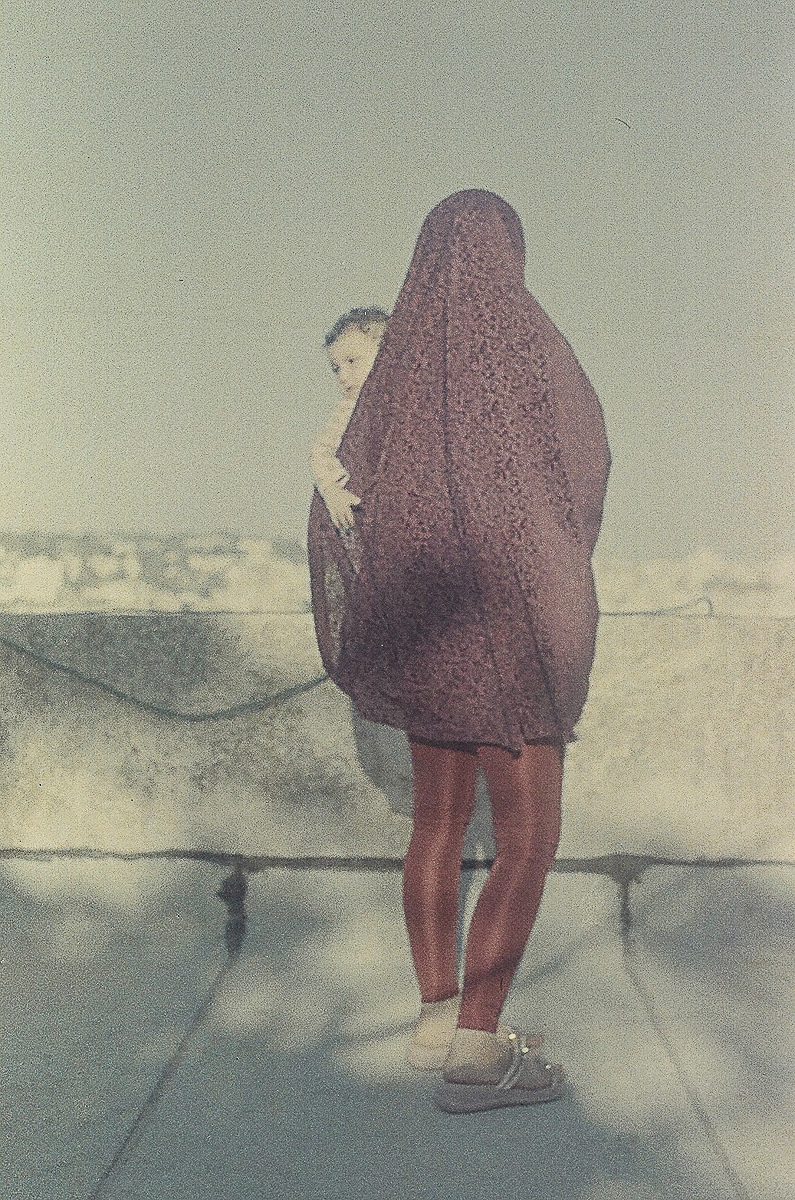
“I am interested in mothers, because especially in this region, motherhood is an important concept”
On the book’s cover, which is designed by Carel Fransen and published by The Eriksay Connection, a photograph of Hebron is turned on its side, shot with a flash from behind a fence, so the blockade reads initially as a diamond-shaped pattern. Flicking through it, moreover, feels not dissimilar from looking through a family album – there’s a familiarity and a tenderness, a naïve sensibility about the photographs, while the size of the images mirrors the traditional 6×4 proportions of personal prints. It’s a wonderful quality, disrupted only by the texts which provide context for the area.
“Hebron is like a microcosm of settler violence,” asserts Debeuckelaere, sitting with researcher Kaat Somers in an empty meeting room at FOMU in Antwerp, where a new exhibition of the work has just opened. “It’s a very intense place, every step you take is political. It’s not Ramallah or Jerusalem, certainly not Gaza. It has a very specific situation and history.” Located in H2, which falls under the complete authority of Israel, Hebron is the only city in the West Bank with an Israeli settlement at its centre. These circumstances massively underscore the project’s impact; as the book’s coverline affirms: “Hebron women documenting daily life as the ultimate act of resistance.”
“The idea of the project, for me, was beautiful. It brought back memories of past days, how we used to use the camera,” reflects ‘Om Muntasser, one of the project’s participants, via a three-channel video installation at FOMU. “In my childhood, I always had a camera with me, at every occasion.” The film, for which several women were interviewed in Arabic, adds an important further layer to the works on display, some of which are framed, hung alongside a roll of negatives; many more feature in a slideshow, projected floor to ceiling in a second room, which commands, deservedly, you spend real time with it. “When I held the camera, it brought back emotions I had felt long ago,” ‘Om Wisam, separately, adds. “I used to handle a camera to photograph my children, on every moment, capture every movement, throughout their lives.”
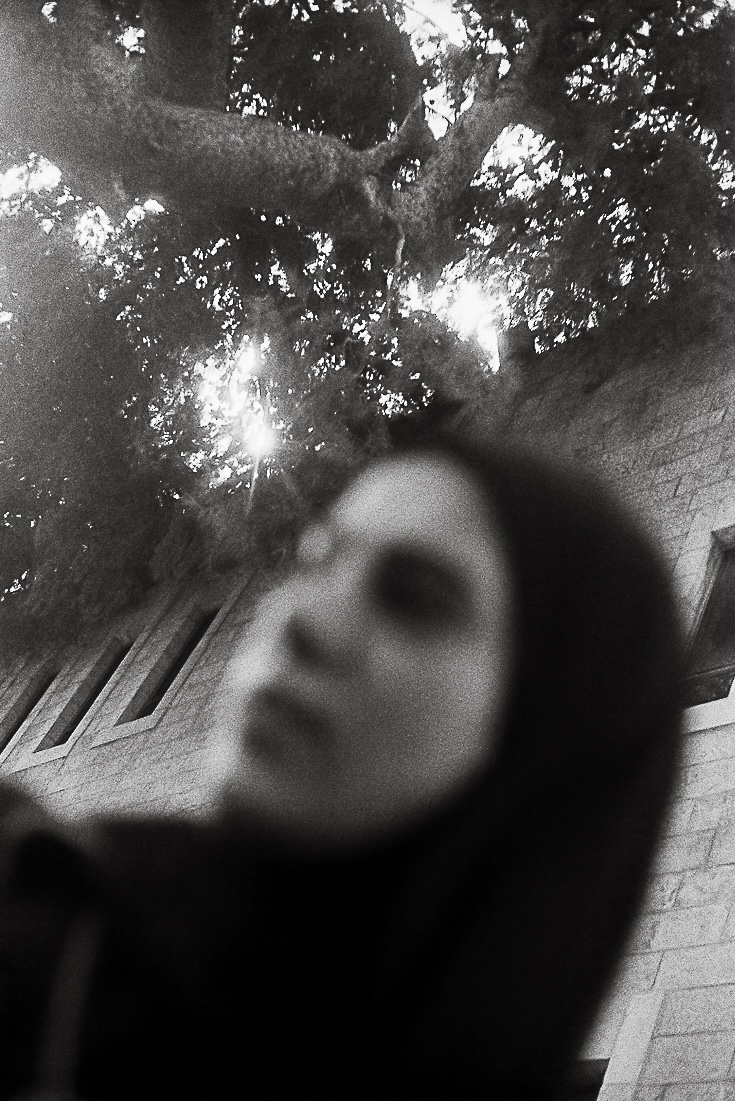
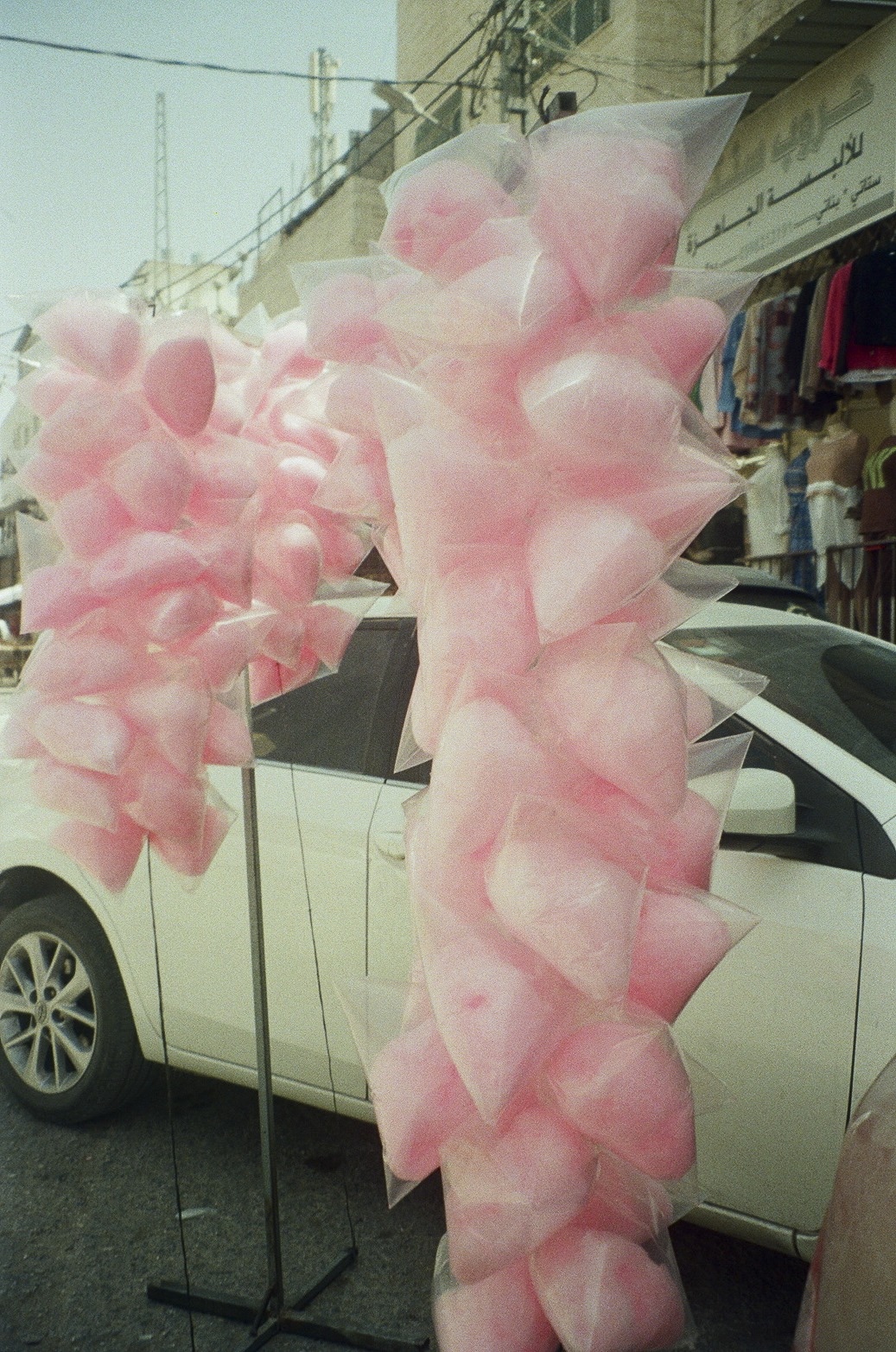
Debeuckelaere’s decision to focus solely on Tel Rumeida’s women, and mothers in particular, was a reaction against the male narratives that typically dominate news from the area, oftentimes with a reference to violence (as Broomberg writes, “The whole of H2 feels intensely macho and masculine.”). While both genders are privy to the non-stop harassment of their settler neighbours, this perspective is less readily shared. “I am interested in mothers, because especially in this region, motherhood is an important concept,” shares Debeuckelaere. “The children they carry are the future of this country that is threatened. It’s really a political position; as a mother, you have a job to carry this country further. And they’re aware of that, it’s in their subconscious. [When] they talk about a motherland it’s not coincidental, it is very deliberate.”
That the apparatus used was analogue was similarly significant, and several women have subsequently described the way it reshaped how they engaged with the objects in their home and wider environment, moving away from the more trivial nature of camera phones. Some have even continued the practice, reclaiming old hobbies: Just before we begin speaking in Antwerp, Debeuckelaere receives a text from Amro – Om’ Muntasser has acquired a film camera so she can photograph her daughter’s wedding the following day. “For sure, photography is art,” her likeness announces on a screen downstairs, “but it’s also a message that conveys reality in a tangible way.”
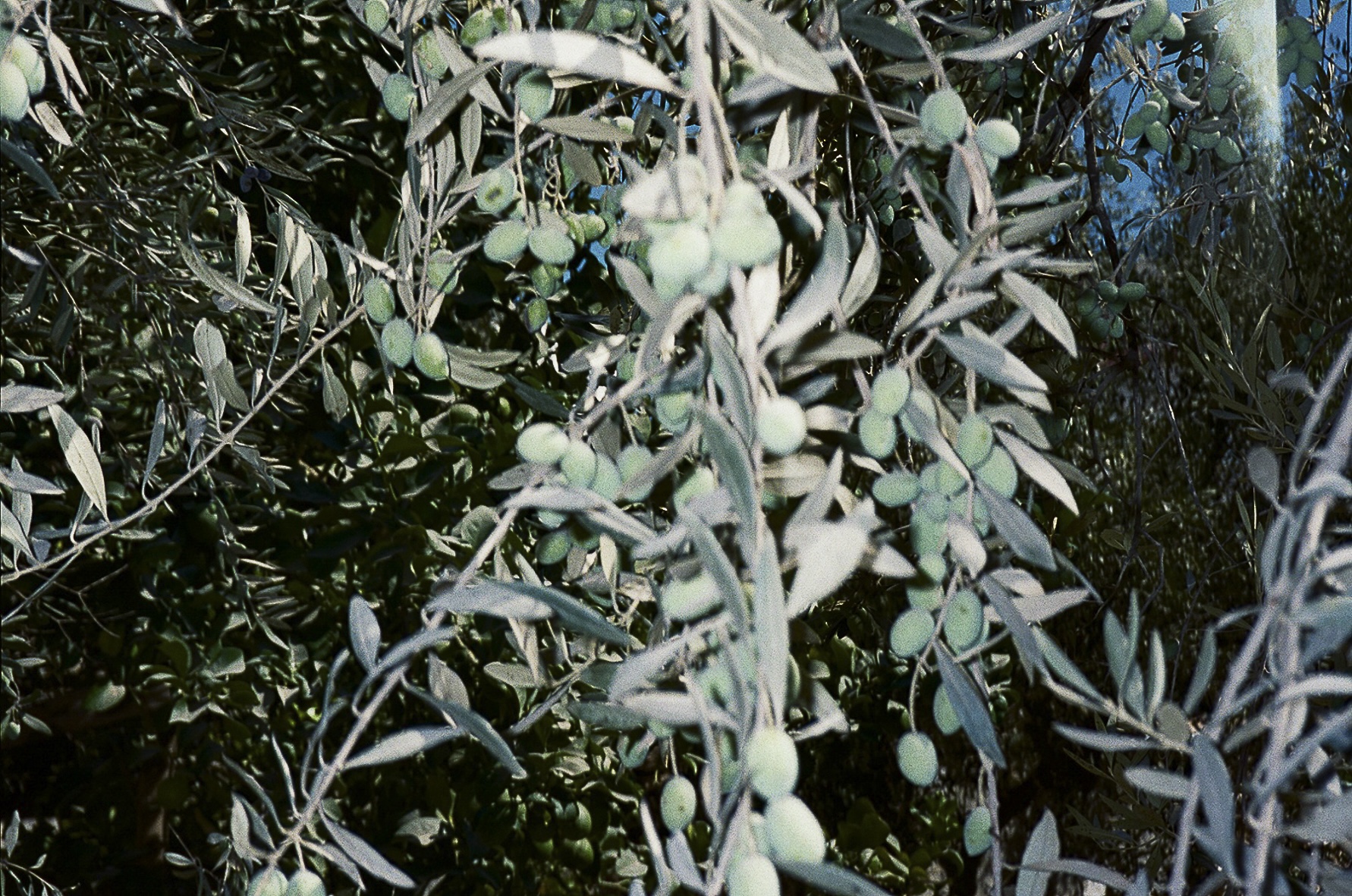
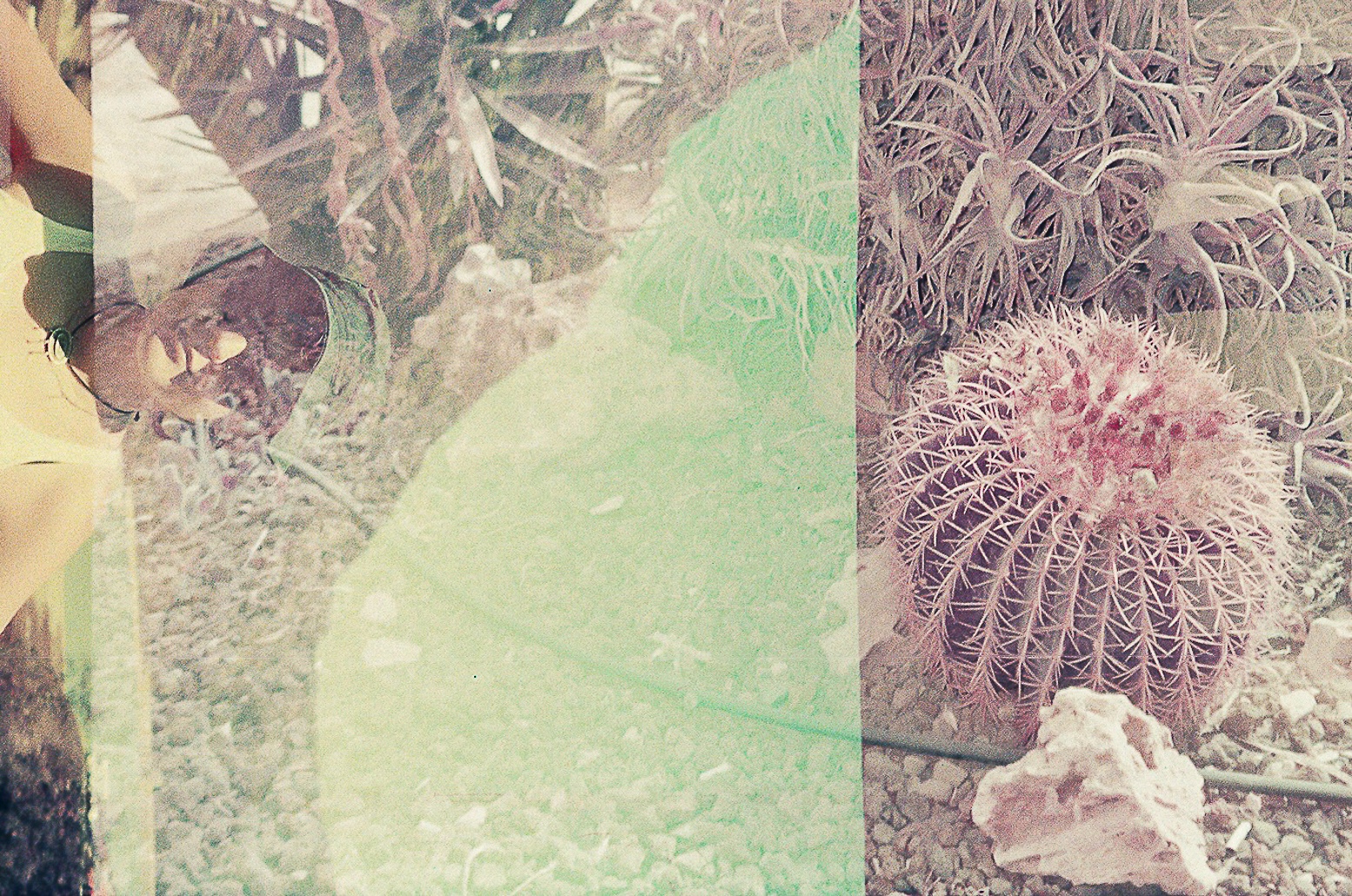
‘Om (Mother) is at FOMU until 28 September. The book is available at The Eriksay Connection, with all proceeds going back to the women of Tel Rumedia

